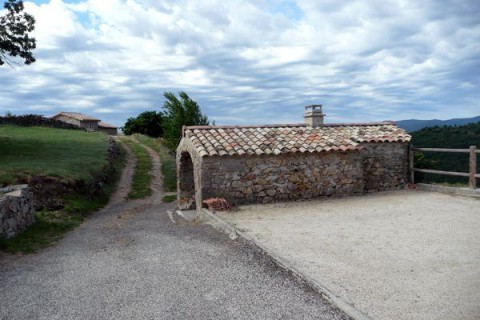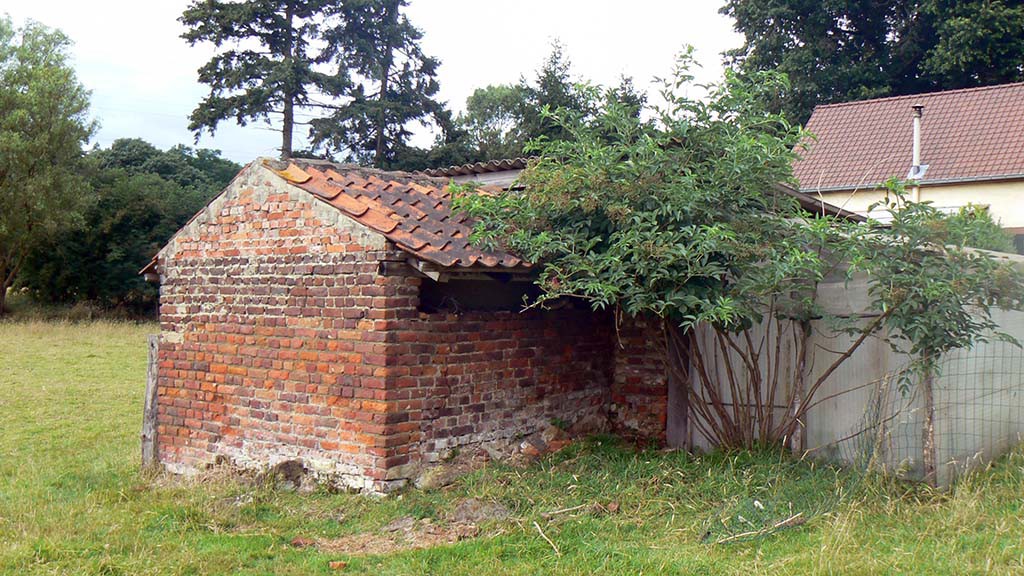Research
Search our website
Search our website by entering a keyword or choose a database above to search specifically.
Search
Showing search results 4,391 - 4,400
14,716 results found

Antwerpsesteenweg 348, Lier, Belgium

Ardooisestraat 78, Izegem, Belgium

Anzegemsesteenweg 59, Kruishoutem, Belgium

Arendstraat 2, Anzegem, Belgium

Artemeersstraat 6, Tielt, Belgium

Les Beaumelles et Peyre Fo, Thieuré, Asperjoc, France

Asdonkstraat 29, Tessenderlo, Belgium

Asdonkstraat 11, Diest, Belgium

Asbeekstraat 12, Asse, Belgium

Arthur Odevaertstraat 5, Maarkedal, Belgium








